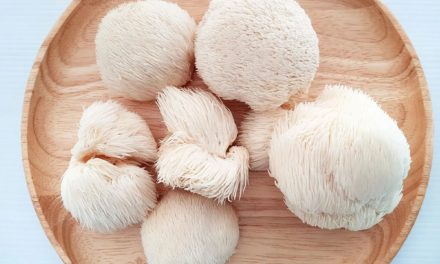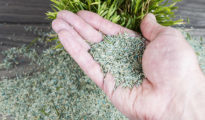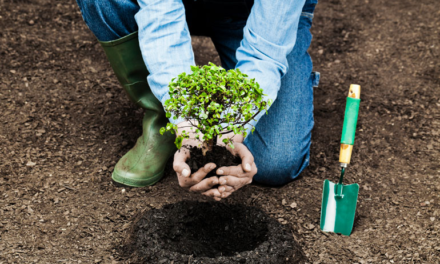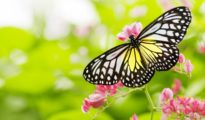Water is one of the most crucial elements for the growth and sustainability of plants. Yet, it's common for gardeners and farmers to either over-water or under-water their plants. One of the most efficient solutions to this conundrum is drip irrigation. Especially in regions where water is scarce or should be used judiciously, drip irrigation offers a smart approach to keep your plants happy and thriving. In this blog post, we’ll delve into the essentials of drip irrigation for beginners, highlighting its benefits and guiding you through its setup.
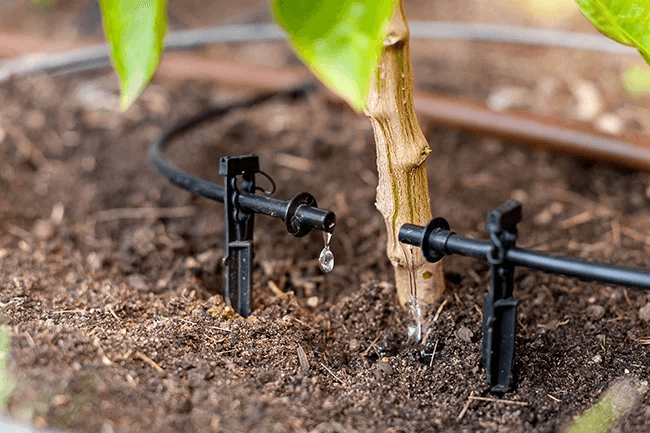
What is Drip Irrigation?
Drip irrigation is a watering method that delivers water directly to the root zone of plants. Instead of sprinkling water over a large area, it uses a network of tubes, nozzles, and emitters to drip water slowly into the soil. This ensures that plants receive the exact amount of water they need, reducing wastage and promoting efficient growth.
Benefits of Drip Irrigation
- Water Efficiency: Drip irrigation systems can save up to 30-50% of water compared to conventional watering methods. This not only conserves water but also saves you money on your water bills.
- Healthier Plants: Since water is directed to where it's most needed (the root zone), plants grow healthier with fewer diseases related to over-watering.
- Reduces Weed Growth: By not watering the spaces between plants, you discourage the growth of weeds that thrive in those areas.
- Flexibility: Drip systems can be tailored for all types of gardens, from vegetable patches to flower beds and even potted plants.
- Soil Conservation: Slow watering reduces water runoff and soil erosion.
Setting up a Basic Drip Irrigation System
- Assess Your Garden's Needs: Understand the water needs of your plants. Different plants may require different amounts of water.
- Buy Necessary Supplies: Drip irrigation kits are available at most gardening stores. A basic kit will usually include tubing, connectors, emitters, and stakes or holders.
- Lay Out the Main Hose: This is the primary water source. Depending on your garden’s layout, decide whether you want a single line or multiple lines branching off.
- Install Emitters: These are the points from which water will drip. Space them according to the water needs of your plants. Some plants may require emitters that release more water than others.
- Connect to a Water Source: Most drip irrigation systems can be connected directly to a garden faucet or hose. Some advanced setups include a timer for automated watering.
- Test the System: Turn on the water to ensure there are no leaks and that each emitter is working as expected.
- Maintain Regularly: Like all systems, a drip irrigation setup requires maintenance. Check for clogs or leaks and replace parts when necessary.
Tips for a Successful Drip Irrigation System
- Use a Filter: This prevents debris and particles from clogging the emitters.
- Consider a Pressure Regulator: If your water pressure is too high, a pressure regulator can help avoid damage to the system or excessive water output.
- Mulch Over Tubing: By placing mulch over the tubes, you protect them from sunlight (which can weaken the tubes over time) and reduce water evaporation.
The Anatomy of a Drip Irrigation System
- Tubing:
- Mainline Tubing: This is the primary hose or pipe that carries water from the source to the different parts of the garden.
- Drip Tubing (or Dripline): This has emitters pre-installed at regular intervals, and it's useful for row crops or hedgerows.
- Soaker Hose: Unlike the dripline, the soaker hose sweats water along its entire length, making it ideal for dense plantings.
- Emitters: These control the rate of water flow. They come in different types:
- Drippers: Provide a steady drop-by-drop watering, ideal for individual plants.
- Micro-sprayers/Micro-sprinklers: Spray water in a small area, useful for ground covers or shrubs.
- Bubblers: They release water in a small stream suitable for trees or pots.
- Connectors: These help in branching off tubes, allowing for intricate layouts. You have tees, elbows, and couplings, among others.
- End Caps & Plugs: Used to seal off the ends of the tubing.
- Stakes and Holders: Keep the tubing and emitters in place.
- Filters: Protect the system from debris and prevent clogging.
- Pressure Regulators: As the name suggests, these maintain the water pressure at an optimal level to prevent any damage to the system.
Advanced Considerations
- Automating with Timers: Adding a timer can automate the watering schedule. This is particularly useful for travelers or those with busy routines.
- Fertilizer Injectors: These devices allow gardeners to mix liquid fertilizer with the irrigation water, ensuring plants get nutrients directly at the roots.
- Rain Sensors: They pause the irrigation process during rain, preventing over-watering.
Best Practices & Troubleshooting
- Regularly Inspect the System: For clogs, leaks, or breakages. Clean emitters if they're blocked, and replace them if necessary.
- Flush the System: At the start and end of the growing season, open the end caps and let water flow freely. This can clear out any debris that may have entered the system.
- Avoid Over-Watering: Just because it's efficient doesn't mean you should keep it running all the time. Understand your plants' needs and adjust the system accordingly.
- Protect Against Frost: In cold climates, drain the system before winter to prevent water from freezing inside, which can damage the components.
Eco-friendly Advantages
Drip irrigation, when executed correctly, aligns with sustainable gardening practices. Apart from saving water, it:
- Reduces the chances of soil erosion.
- Minimizes nutrient leaching, ensuring plants get optimal benefits.
- Lowers the carbon footprint, as less water pumping and treatment is required.
The beauty of drip irrigation lies not only in its water-saving capacity but also in its adaptability. From small urban gardens to vast agricultural lands, it offers a versatile solution for modern-day gardening challenges. As with any gardening tool or technique, understanding its intricacies and regular maintenance is key to reaping its maximum benefits. Happy gardening!
Drip irrigation is a sustainable and efficient method for watering your plants, promoting healthier growth while conserving water. For beginners, setting up a drip irrigation system can seem a bit challenging, but with the right tools and a bit of patience, the rewards are well worth the effort. So, as you gear up for your next gardening project, consider giving drip irrigation a try. Your plants (and your water bill) will thank you!


